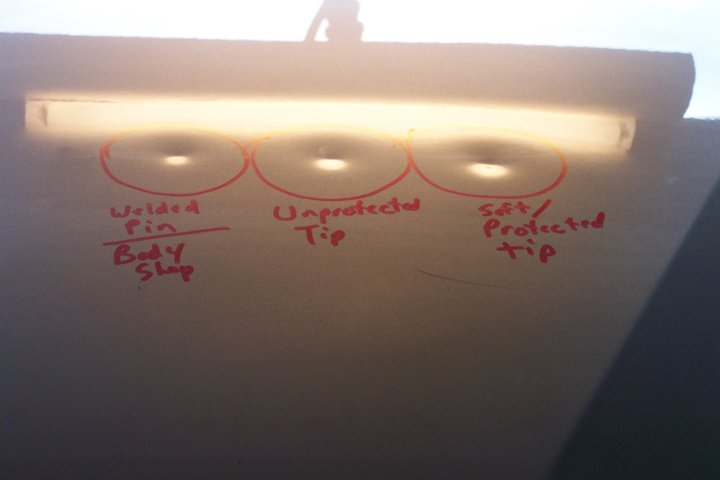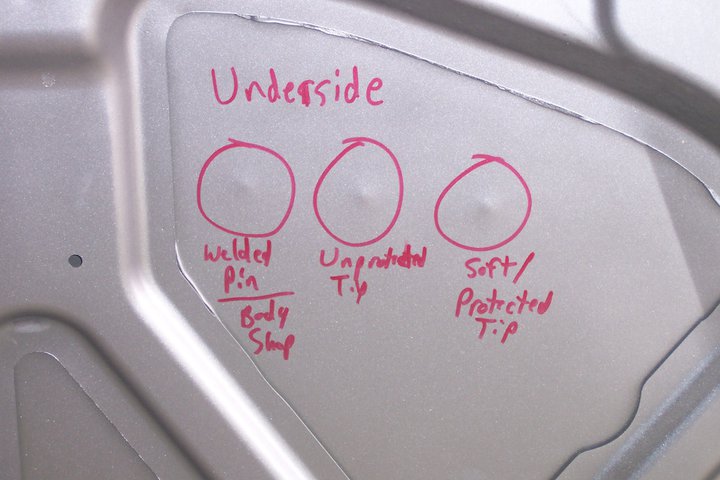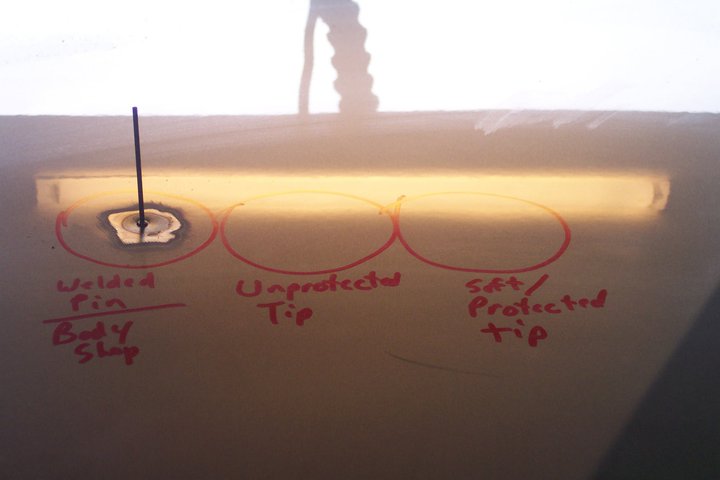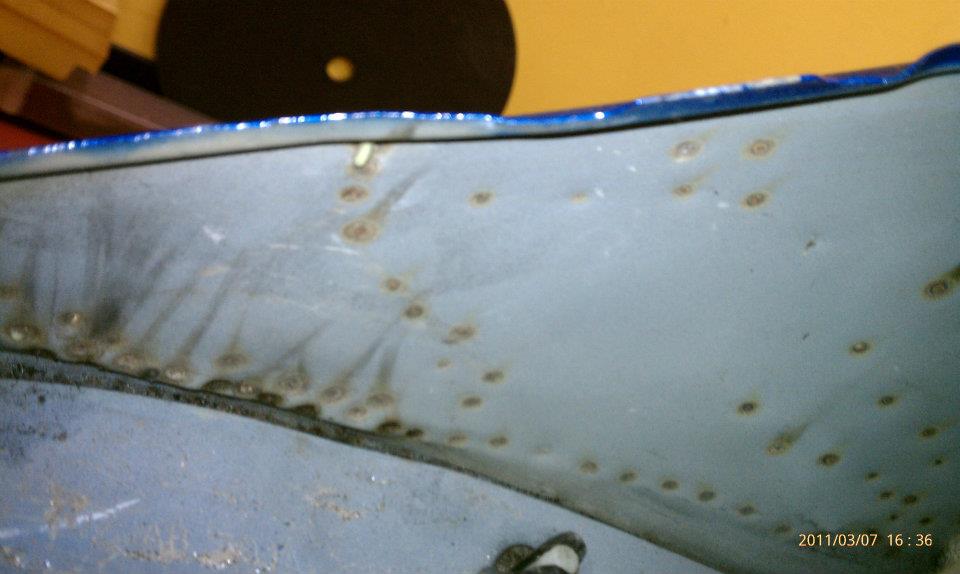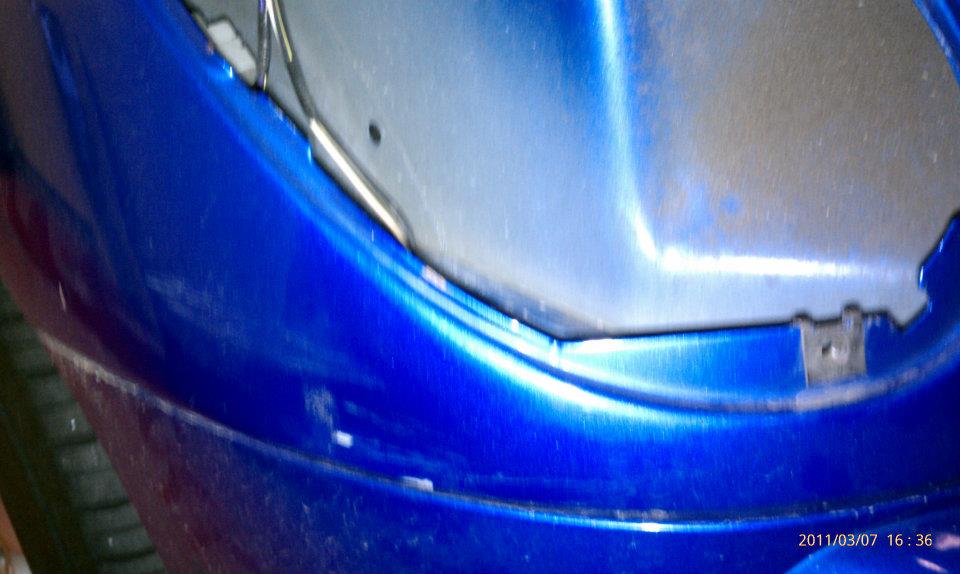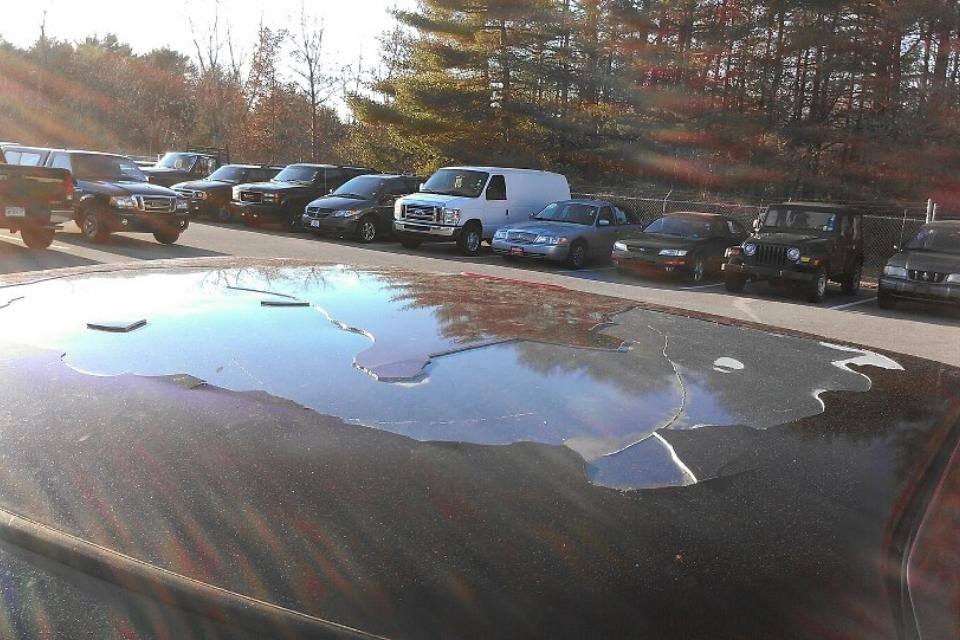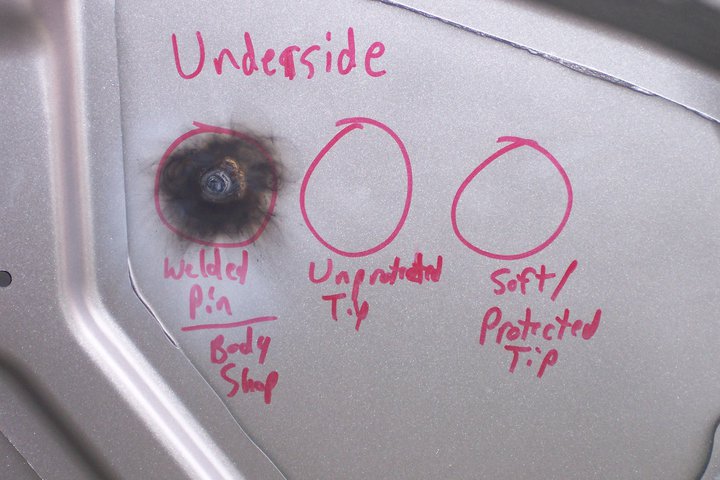
1. What is the main difference between auto body repair and paintless dent removal (PDR)?
Auto body repair involves traditional methods of repairing dents and damage, often including sanding, filling, painting, and sometimes replacing body panels. PDR, on the other hand, is a non-invasive method that repairs dents without needing painting or significant bodywork.
2. When should I choose auto body repair over PDR?
Auto body repair is typically chosen for more extensive damage, such as deep dents, creases, or damage to the paint. It is also necessary when PDR is not feasible due to the location or severity of the dent, which should always be decided by 40 year master craftsmen like Eddie Martin or another equally skilled tech. Not all techs have the same level of expertise.
3. In which situations is PDR a suitable choice?
PDR is ideal for repairing such damage as door dings, creases, hail damage, or large dents where the paint is undamaged or extremely stretched or kinked. It’s always the most preferred option for preserving the original paint finish and reducing repair costs.
4. Does PDR work on all types of dents and materials?
PDR is most effective on dents located on flat or gently curved surfaces. Depending on the tech’s skill level, it may not work on damage with sharp creases, stretched impacts, or damage to the paint. Additionally, the success of PDR can depend on the technician’s skill and experience.
5. Which method is more cost-effective, auto body repair or PDR?
PDR is often more cost-effective than auto body repair, especially for minor dents, as it eliminates the need for painting and extensive labor.
6. Does PDR reduce the vehicle’s resale value?
When appropriately done not at all, PDR can help maintain or even improve a vehicle’s resale value by preserving the original paint and appearance.
7. How long does each repair method take to complete?
PDR is generally quicker, with minor repairs often completed in a few hours. Simple Auto body repairs, when done by OEM recommendation for body and paint, usually take no less than three days to weeks or months, depending on the extent of the damage and complexity.
8. Is PDR environmentally friendly?
PDR is considered more eco-friendly than traditional auto body repair because it eliminates the need for paint, reducing harmful fumes and waste associated with painting and replacement panels and one-time use trim and clips.
9. Will insurance cover both auto body and PDR repairs?
Insurance coverage depends on your policy and the circumstances of the damage. Many insurance companies cover both auto body and PDR repairs, but you may have a deductible to pay.
10. How do I choose the correct repair method for my vehicle?
The choice between auto body repair and PDR depends on the PDR technician’s skills, the damage’s type and severity, your budget, and the importance of preserving the original paint finish.
Call Eddie today to set up your paintless repair consultation to determine the most suitable repair method for your situation.
Here is a step-by-step view of Conventional Auto Body ( Nail Gun) Repair vs Paintless Repair. That a friend Ricky put together years ago to show the diffences.
